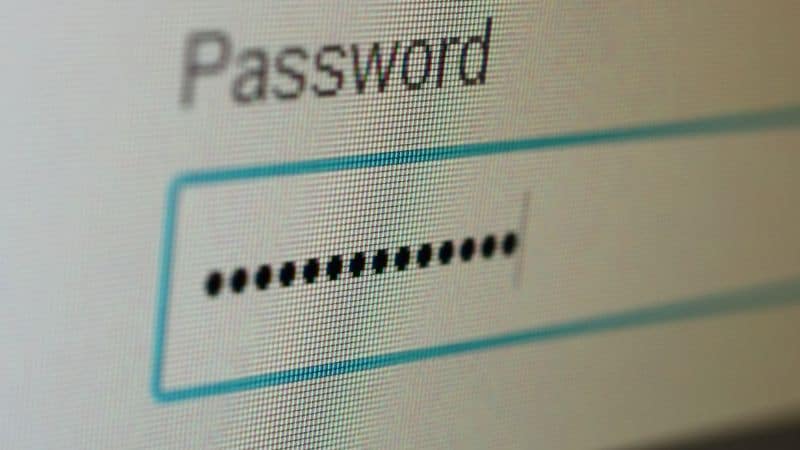How To Password Protect Excel

Table of Contents
With data laws getting stronger each year there is a huge need for learning how to properly secure your work, particularly if your job involves personal data that could lead to huge problems if it were to be accessed by the wrong person.
Within most software nowadays there are ways to lock your account or just certain files and Excel is no different.
Prime Day is finally here! Find all the biggest tech and PC deals below.
- Sapphire 11348-03-20G Pulse AMD Radeon™ RX 9070 XT Was $779 Now $739
- AMD Ryzen 7 7800X3D 8-Core, 16-Thread Desktop Processor Was $449 Now $341
- ASUS RTX™ 5060 OC Edition Graphics Card Was $379 Now $339
- LG 77-Inch Class OLED evo AI 4K C5 Series Smart TV Was $3,696 Now $2,796
- Intel® Core™ i7-14700K New Gaming Desktop Was $320.99 Now $274
- Lexar 2TB NM1090 w/HeatSink SSD PCIe Gen5x4 NVMe M.2 Was $281.97 Now $214.98
- Apple Watch Series 10 GPS + Cellular 42mm case Smartwatch Was $499.99 Now $379.99
- ASUS ROG Strix G16 (2025) 16" FHD, RTX 5060 gaming laptop Was $1,499.99 Now $1,274.99
- Apple iPad mini (A17 Pro): Apple Intelligence Was $499.99 Now $379.99
*Prices and savings subject to change. Click through to get the current prices.
With many people using Excel for business analysis and as a way of storing, viewing, and processing sensitive data it is very important to know how to password protect your work.
Below we look at how to do this as well as the benefits associated with password protecting your files.
How To Password Protect Excel Files
The steps to password protecting your Excel files are the same regardless of whether you are using a Windows or macOS device.
They are also the same steps when password protecting files within the Excel web application.
Step
Open The Worksheet
Open the worksheet you wish to password protect. In the top corner of your screen click on File and from the drop-down menu select Info
Step
A Pop-Up Menu Should Appear
A pop-up menu should appear on your screen, or another drop-down menu, select the Protect Workbook box
Step
This Will Trigger Another Menu
This will trigger another menu to load, from which you will choose Encrypt with Password
Step
Choose A Password
Choose a password you will be able to remember that meets the password requirements listed on the screen.
Enter the password into the password box and then click OK
Step
You Will Then Be Asked To Confirm The Password
You will then be asked to confirm the password by re-entering it into another password box, once you have reentered it select OK again to save the password, and your file changes
Close the worksheet and when you next open it a box will appear asking you to enter your chosen password to access the file.
Only you and those you share the password with will be able to gain access, keeping your work safe and secure.
Warnings
When password protecting a file there are some things that you need to keep in mind, please find these explained below:
Step
Make Sure You Make Note Of The Password
Make sure you make note of the password you choose as Microsoft will not be able to assist in resetting file passwords or accessing password protected work.
If you are writing the password down, make sure it is written somewhere safe so that no one else will be able to access it, such as your personal work diary.
Step
The Password You Choose Will Be Case Sensitive
The password you choose will be case sensitive and so it is essential that you note exactly how it is to be typed to avoid any issues.
Step
Think Twice Before Distributing Password
Think twice before distributing password protected files that have sensitive information such as customers’ personal information or credit card numbers.
Unfortunately, hackers have access to elite software that could still break through a password protected file should they wish to.
Step
When sharing Passwords
When sharing passwords to files make sure it is done safely and that you only share these details with those that need to know.
Information can fall into the hands of unintended users and as mentioned previously password protected files are not completely safe from malicious intent.
Benefits Of Password Protecting Excel Files
Here are some of the main benefits associated with password protecting Excel files:
- Keeps your work and any sensitive data you may be working with confidential
- Helps to prevent leaks in your workplace
- Avoids privacy regulation breaches
Final Thoughts
We hope that this guide has proved useful and that you now feel confident that you can store your work safely and securely without the threat of hackers, or other people in your working network accessing your sensitive files created within Excel.

